Gallbladder Surgery: What to Expect

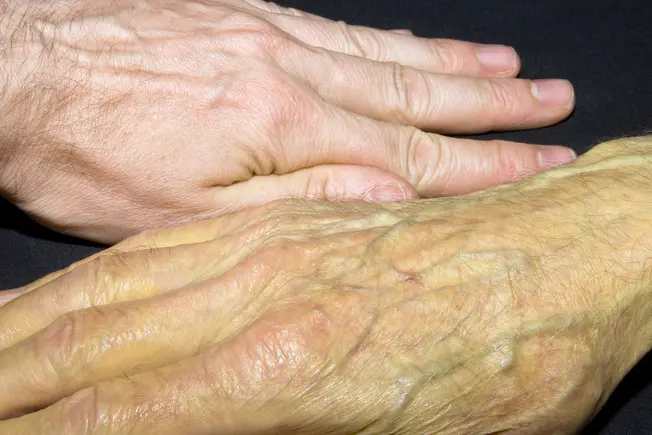
How Do You Know if You Need It?
If you have symptoms like sharp belly pain, digestion problems, fever, and yellow skin, you'll have an ultrasound so your doctor can look inside your belly. That may be followed by a CT scan or other tests. When gallbladder infection, gallstones, or cancer is causing your pain, your doctor may suggest surgery to remove your gallbladder. They may call it a cholecystectomy.
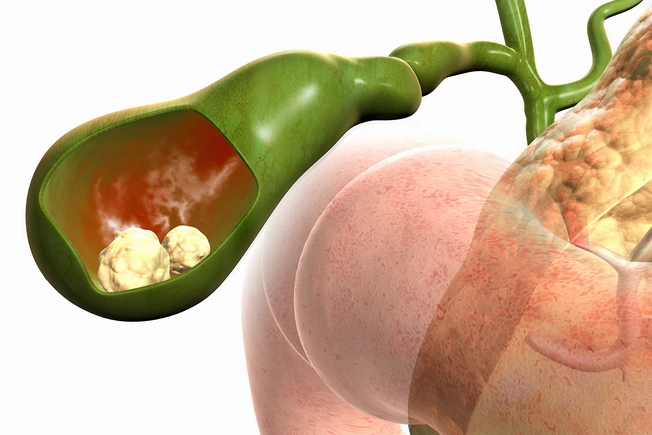
What Are Gallstones?
They're rocks that form from cholesterol and a chemical called bilirubin in the bile your liver makes. The stones are stored in your gallbladder, a small pear-shaped organ in your upper right belly. Gallstones are often too small to cause problems. But larger stones, sometimes as big as golf balls, can block ducts and cause painful attacks that can lead to needing the surgery.
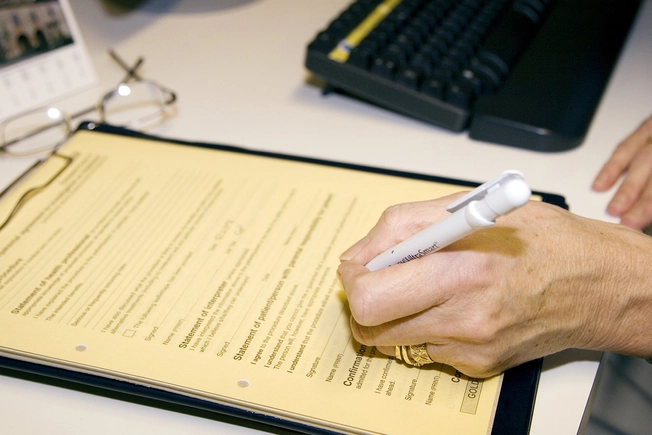
Before Your Surgery
You may need to sign a consent form. Tell your doctor if you’re pregnant. Also tell them about all the medications you're taking. You might need to stop taking some for a bit before your procedure. Your doctor will give you other instructions, including how to bathe before your operation and how long before the surgery you'll need to stop eating and drinking.
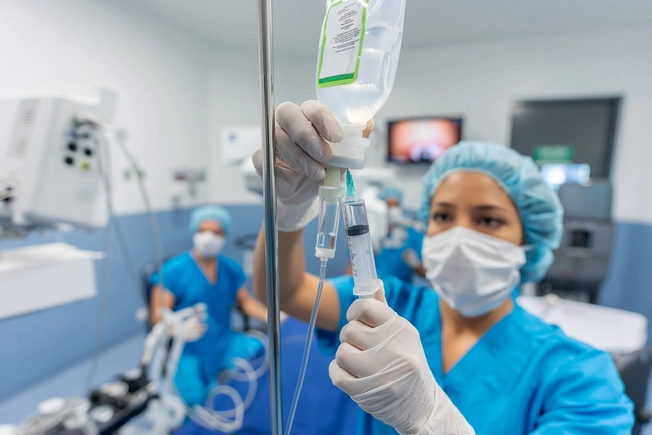
The Day of Your Surgery
At the hospital, you’ll take off your clothes and jewelry and put on a gown. A nurse will put an IV needle into your arm or hand. In the operating room, a doctor known as an anesthesiologist will put you to sleep with drugs you'll get through your IV. They'll also put a tube down your throat to help you breathe. Nurses will clean the surgery site and cut any excess hair.
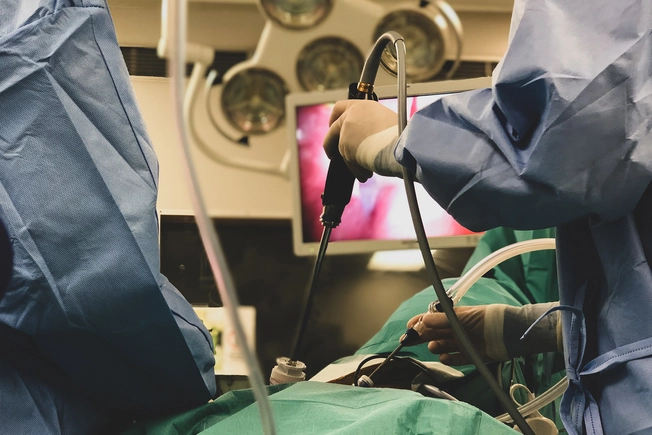
Laparoscopic Gallbladder Surgery
This is the most common type. Once the anesthesiologist has put you to sleep, the surgeon will make several small cuts, or incisions, in your upper belly and insert hollow tubes to pass instruments through to the area. Then, your surgeon will inflate your belly with CO₂ gas for a better view. They'll remove your gallbladder and sew up the holes. The whole thing usually takes an hour or two.
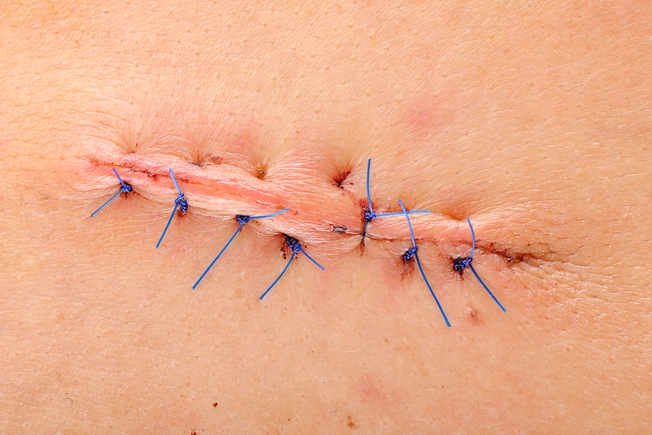
Open Gallbladder Surgery
If your surgeon opts for this type, once you’re asleep, they'll make a 6-inch cut through fat and muscle to get to your gallbladder. Then, they'll remove the organ. Your ducts may be closed off as well. After that, the cut is closed with stitches or staples. In some cases, doctors may install a drain or two to get rid of excess fluid. Hospital staff will get rid of all that in a day or so. The surgery usually takes an hour or two.
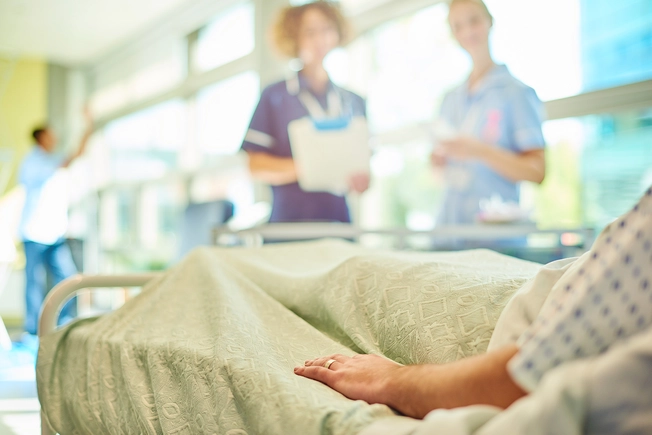
Waking Up After Surgery
In recovery, medical personnel will keep an eye on your breathing, heart rate, and blood pressure until you’re awake, alert, and stable. You’ll also get pain meds as needed. Typically, someone will help you stand and walk. You'll make that journey the day of your surgery if yours is laparoscopic, and the day after if you had open surgery. In either case, you can start to drink within a few hours and then, slowly, begin to eat solid food.

Leaving the Hospital
You’ll need to arrange a ride home because you’ll be groggy from anesthesia. You typically go home the same day for laparoscopic surgery, but stay longer for open surgery (usually a day or two). You might have a tube from your nose to your stomach that removes air from your belly. Hospital staff can take it out once you can go to the bathroom normally.
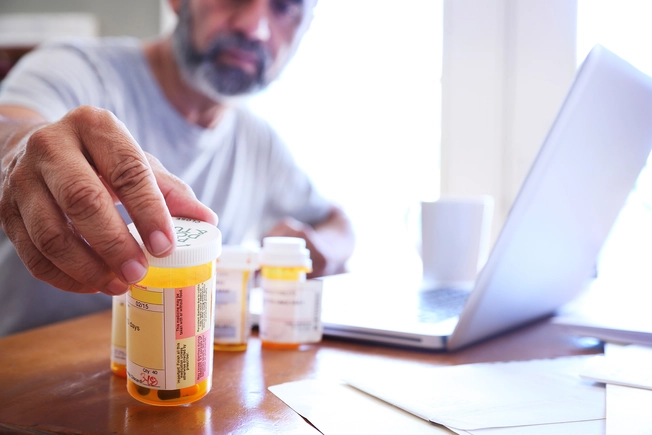
At Home
Make sure you have all your approved medications, bandages, medicated soaps, and instructions. It’s a good idea to have someone spend your first night home with you after surgery, in case you don’t feel well or need help. Keep your incision clean and dry. Make sure to follow your doctor’s bathing instructions. Take only meds that your doctor approves or prescribes.
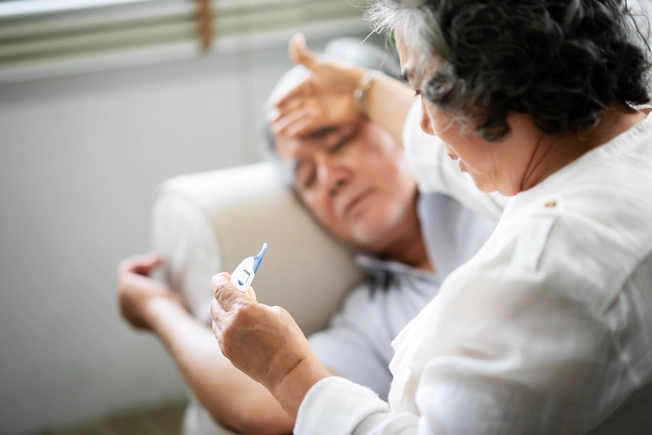
When to See Your Doctor After Surgery
You’ll typically see your doctor about 3 weeks after your operation for a follow-up. But call your doctor right away if you can’t eat, drink, or go to the bathroom, or if you have:
- Fever more than 101 F
- Seriously painful or swollen belly
- Yellowish skin (jaundice)
- Blood, pus, or growing redness where you had your surgery
- Serious pain, even after medication
- Breathing problems or a cough that won't go away
- Nausea or vomiting
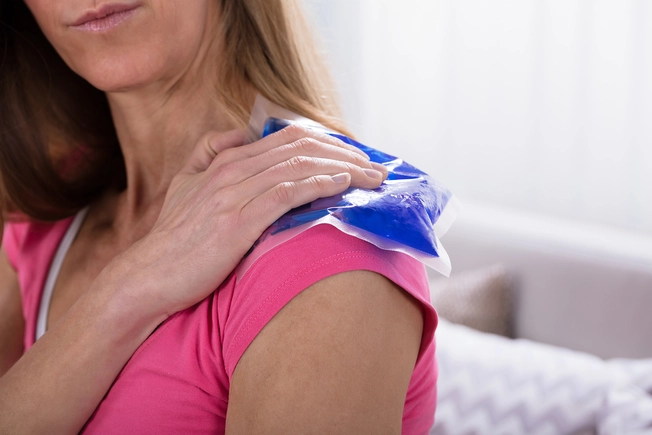
How to Handle Pain After Surgery
You might have a sore throat, nausea, and vomiting for a day or two after your surgery, thanks to the anesthesia. You might feel some pain around your incisions, or in your shoulders from the air pumped into your body during surgery. Icing can help with this. With your doctor’s approval, you can take nonprescription pain meds like ibuprofen or acetaminophen. They can prescribe meds for the pain, if you need them.

What to Eat After Surgery
Drink plenty of water, and have foods with plenty of fiber. This can keep you from having to strain when you go to the bathroom. Stay away from high-fat foods for at least a week after your operation. Eat smaller meals during that time, too. That way, there'll be enough bile to help digest what you eat. Look for lean protein, whole grains, fruits, and vegetables. Too much caffeine, dairy, or sugar can worsen any diarrhea you have.
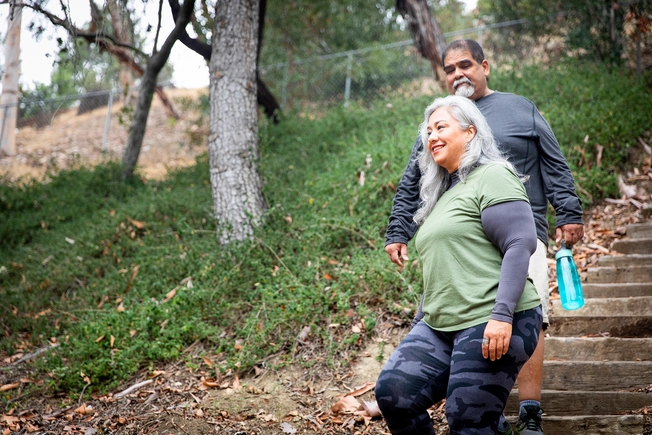
Activity After Surgery
Slowly get back into things as you feel better. Walking every hour or so is a good start. You should be able to go back to normal activity a couple of weeks after laparoscopic surgery. It could take a month or more for open surgery. Usually, people can resume sexual activity about 2 weeks after the operation. Talk to your doctor about when they'd like you to ease back into your normal day-to-day.